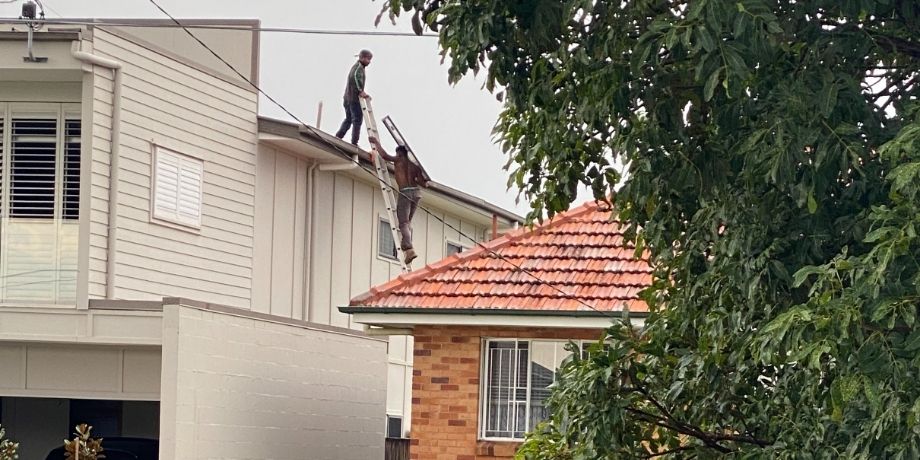
No second chances when you’re working-at-height
When you work-at-height, there are no second chances. The decisions you make can be life-changing, or even fatal, for yourself or fellow workers. Without the right height safety systems or the right height safety gear, a fall from height could have irreversible consequences. And the consequences couldn’t be more tragic. Year after year, falls from height feature amongst the most common causes of workplace fatalities across Australia.
| Workplace Fatalities in 2023 due to falls from height |
|---|
| According to SafeWork Australia, there were 29 workplace fatalities attributable to falls from height in 2023. This represented 15% of all workplace fatalities (second highest contributor overall). It was also 32% higher than the average per year (average based on 2019-2023 period) |
Being a statistic is not an option – therefore, good height safety practices are absolutely critical. And this doesn’t just apply to your own workplace. Height safety is just as important when you’re out on a job. And even when you’re doing some DIY around the house or helping out a friend at the weekend. A fall from height carries the same risk to your life, no matter where or when it happens.
Near misses may be nearer than you think
Now if you’re thinking the worst can’t happen to you – think again. You’d be amazed at the near misses we’ve spotted from afar on our travels! Some are likely due to under-estimating the fall risks in familiar environments (eg residential settings). Others taking a less vigilant approach due to being in a rush, or just being fatigued. Near misses also arise when hazards in the work area go unnoticed – or through the misuse of height safety systems, equipment and PPE. In a nutshell, near misses happen more often than you think.
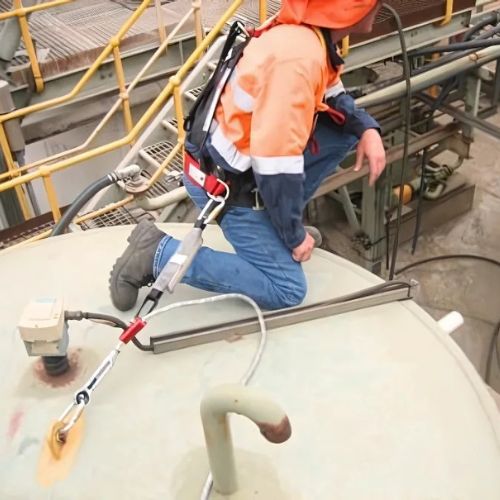
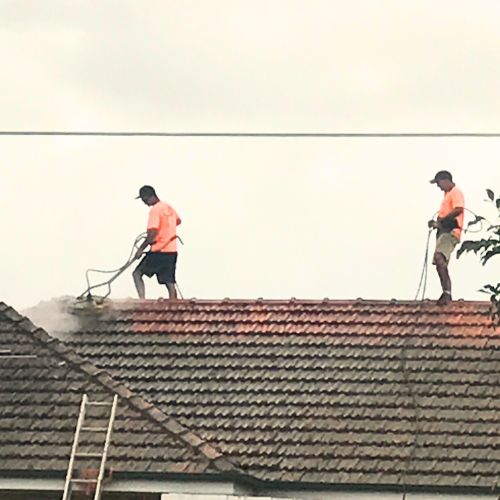
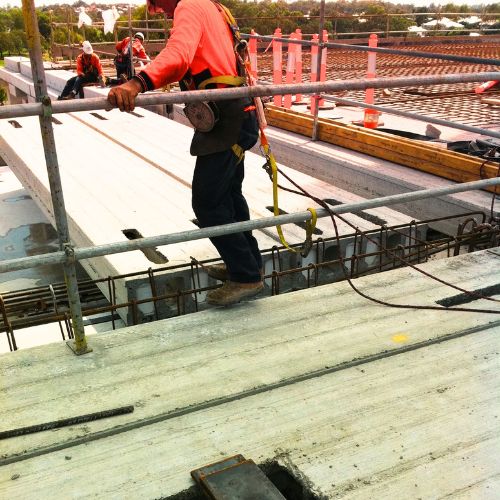
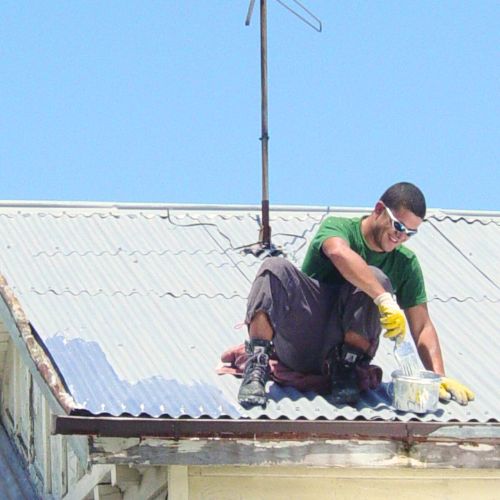
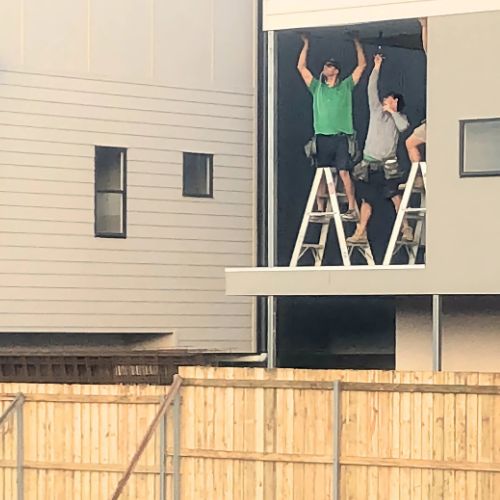

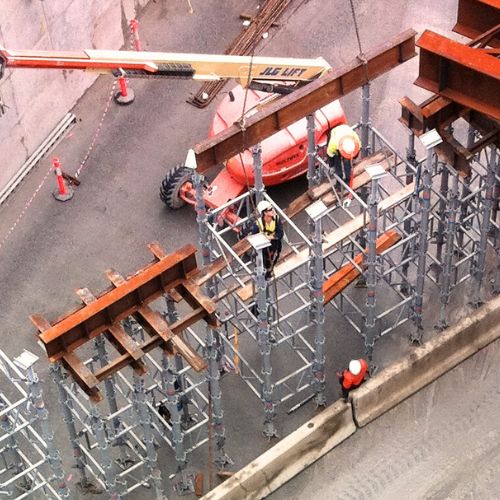
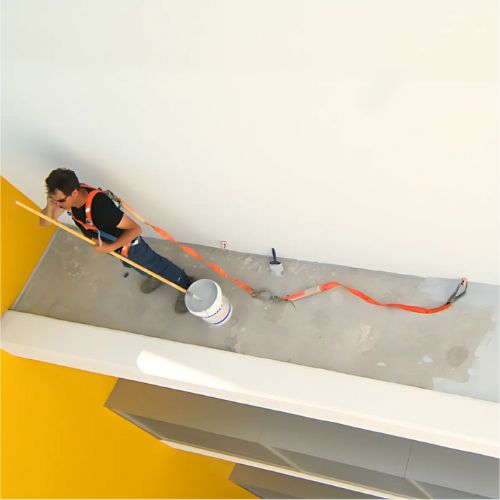
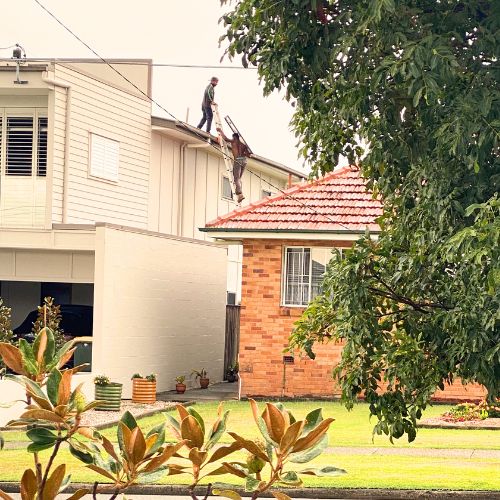
Not managing fall-from-height risks is not an option
That’s why managing fall-from-height risks at all times and in all settings is mandatory. Not only will this save lives, it may also save your business if you’re an employer. Under Australia’s new workplace manslaughter laws, failing to keep people safe in the workplace is a criminal offence. If convicted, businesses and/or individuals can be fined, and could even face jail time.
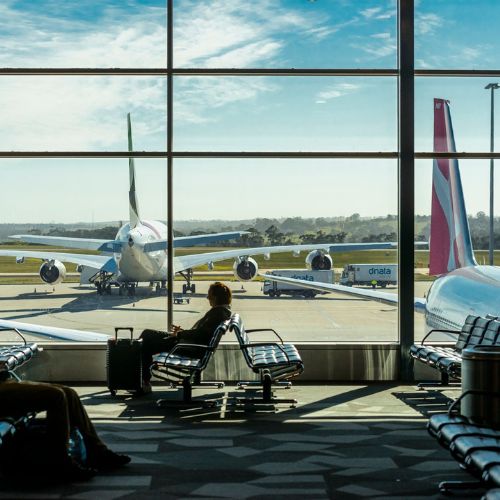 March 2024: Metal fabrication subcontractor convicted and fined $35,000 after their worker fell four metres level at Tullamarine Airport, suffer multiple fractures and a spinal injury Charge: Failing, so far as reasonably practicable, to maintain a safe working environment | 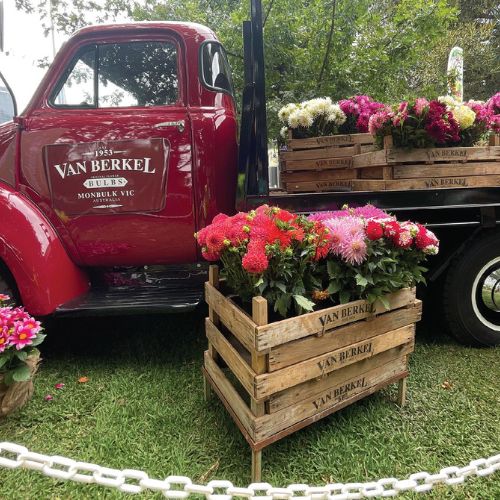 June 2025: Monbulk nursery and horticulture supplier fined $250,000 after maintenance worker fell through shed roof onto a concrete floor and died from a fatal head injury Charge: Failing to reduce the risk associated with a fall by using a fall arrest system |
Preventing near misses is everyone’s job
The best way to reduce near misses is to facilitate a fall-safe work environment; establish safe work-at-height practices, training and education; and encourage everyone to be vigilant about height safety.
1 / Facilitate a fall-safe work environment
Providing a fall-safe work-at-height environment is the responsibility of the building and/or business owner.
(Note: Under Workplace Manslaughter Laws, this responsibility extends to anyone accessing the worksite (employees, visitors, contractors, sub-contractors, maintenance crews, etc.)
- Start by completing a thorough height safety risk assessment of your site. If you don’t have anyone qualified to do this, we can do it for you
- Then utilise our 4-tier Hierarchy of Control System to see where you could avoid work-at-height altogether and/or eliminate hazards in the work area that pose slip, trip and fall risks
- For remaining fall-from-height risks, first identify opportunities to prevent falls by employing engineering controls such as ladder cages, barriers, guardrails, etc (see examples of engineering controls)
- Wherever falls cannot be entirely prevented, ensure an appropriate height safety system is in place. This could be as simple as installing appropriate permanent anchor points or it may require a customised installation – in either case, our Installations team can help you
- Finally, any height safety systems and/or height safety gear required to work safely at height should be readily available to users. Ensure these items are appropriately stored and regularly inspected (book an inspection here) so that they’re always fully compliant.
2 / Establish safe work-at-height practices
Responsibility for enforcing safe work-at-height practices can extend to both the business owner (party requesting the work) along with (if different) the employer of any individuals completing the work, such as sub-contractors sent out on a job.
- First and foremost, no-one should be working at height without having completed nationally-accredited height safety training as well as site and/or task specific training such as confined space or rescue. (If you need it, Height Dynamics can deliver height safety training on-site to your group.)
- All work-at-height should also be overseen by an appropriately qualified height-safety supervisor. If there’s no-one with that additional level of height safety training in your group, we offer an onsite height safety supervision service.
- Just as importantly, all height safety process and protocols should be clearly documented and training on this should be provided to all relevant staff – along with demonstrations and instructions for how to safety-check and then use the height safety equipment and height safety gear available on-site.
- Finally, every individual work-at-height job must be preceded by a Safe Work Method Statement (SWMS). Your SWMS is key to ensuring that everyone working on that specific job knows exactly what is expected and how to stay safe.
3 / Encourage day-to-day height safety vigilance
Last but not least, encourage everyone in the team to be the eyes and ears of your height safety practice. It’s this day to day vigilance – and knowing how to spot an accident before it happens – that’s the key to preventing a potentially-fatal near miss. Feel free to point your team to some of our quizzes as a fun and easy way to stay up-to-speed on height safety.
